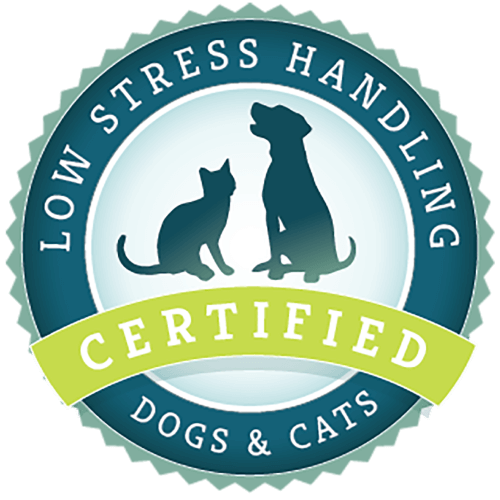What article are you looking for?
Recent Articles
Dog Decoder App Helps You Understand Dog Body Language In A Snap
For many, being able to read a dog’s body language on the fly is very hard. But you can’t always bring your book or your posters with you wherever you and your pooch go. Thanks to technology, I was able to develop an app called Dog Decoder, ready to use right when you need it. This was an outgrowth of my passion to help owners understand the nature of dogs. The app is colorfully and lovingly illustrated by Lili Chin of Doggie Drawings. You definitely know Lili’s work as the illustrator of choice for Dr. Sophia Yin’s posters on The Body Language of
Why Australia
During the course of my undergraduate degree in Animal Science, I quickly realized that working in a vet hospital setting wasn’t going to be my thing – but research was so cool! I discovered that I could study animal behaviour from an applied research perspective instead of becoming a veterinarian. This was in great part due to an incredible mentor, veterinarian, and applied animal behaviourist, Dr Sophia Yin. Not only did Dr Yin let me assist in her research projects and private consultations, she also encouraged me to take on as many outside learning opportunities as I could fit in:
Exotic Animal Handling: Chickens
The gallus gallus domesticus is the Latin name for an animal we all think we know well: the humble chicken. But even an animal humans have been raising and breeding for thousands of years can have some surprising health needs you should know how to check on. From checking the abdomen for being egg–bound, to checking feet, wings, eyes, nose and mouth for health issues, exotic animal specialist, Dr. Susan A. Brown leads Dr. Yin through this examination with CattleDog Publishing’s own stunt chickens, BonBon & Coconut. This is a great resource for the growing population of backyard
Catching Criminals Through a Scent Line-up: Methods Improved Through Positive–Based Training
In spring of 2011, the headlines in western Finland blared; “Man bludgeoned with hammer by four thugs and left in the forest to die”. Against all odds the victim was found by a woodsman and miraculously made it to the hospital where he was stabilized. It wasn’t a random incident; the man knew his attackers and the police were quickly able to take the four into custody. The police then coaxed the location of the weapon out of the suspects and found the hammer where the suspects said it would be—in a river, which would be walled
Exotic Animal Handling: King Snake
How do you handle examining a snake? Unlike a dog or a cat, snakes can be problematic to hold in place. Dr. Yin introduces her colleague, Dr. Brown, who shows how to work with the snake to keep it calm and safe. Working with Pearl, our 1-year–old Arizona Mountain Kingsnake, Dr. Brown covers body condition and looking inside the mouth to check the teeth and the quality of the mouth and gum tissue, among other things. If you’ve ever wanted to know how you give a snake a shot, or where to find the lungs or the vent, then this
Exotic Animal Handling: Bearded Dragons
Floyd, a 3-year-old bearded dragon, needs a health checkup. But how can we give him one in a way that minimizes stress and keeps him safe? Dr. Yin introduces her colleague, Dr. Susan A. Brown, noted exotic animal medical specialist. Dr. Brown demonstrates safe handling with Floyd the Bearded Dragon, covering basic, Low Stress Handling examination techniques. She covers nutritional needs, light requirements, pupil reactions, skin – a whole range of basic health checks that work for many lizards. This 17-minute tutorial is a great beginning look at the care and handling of lizards for animal enthusiasts of all levels.
Looking for certifications instead?

Low Stress Handling® Silver-Level Certification
Individual Certification at this level demonstrates to clients and employers the individual’s dedicated interest in Low Stress Handling®. Hospital Certification at this level demonstrates to clients and staff the hospital’s commitment to appropriately training staff in Low Stress Handling® methods.
Learn More
